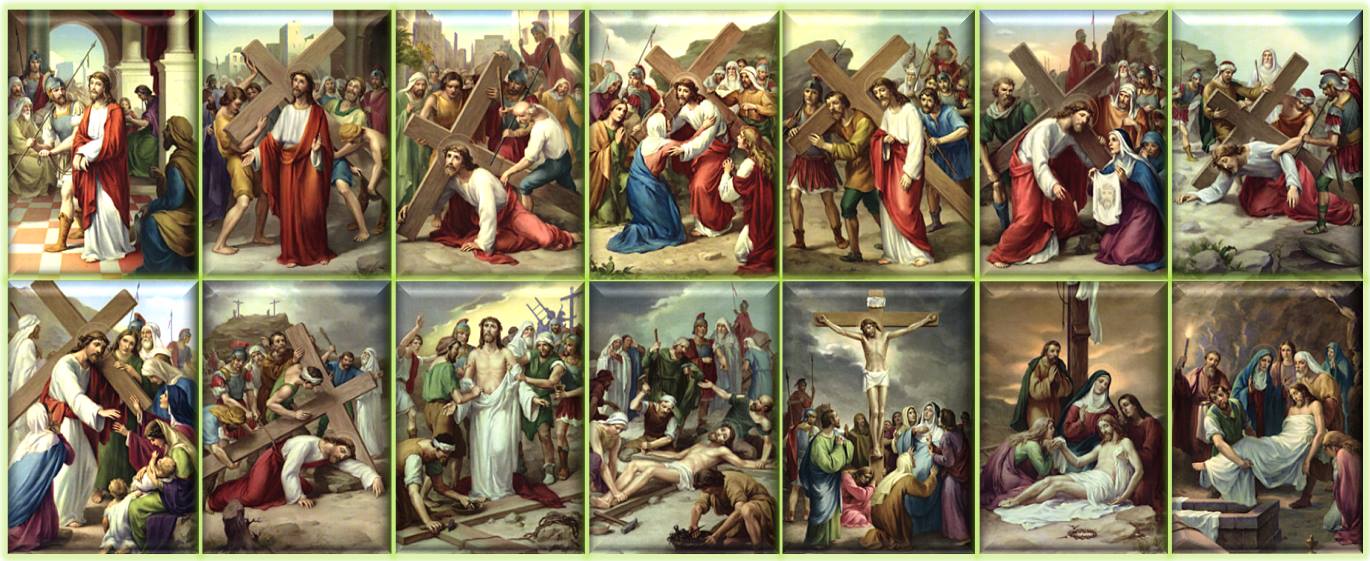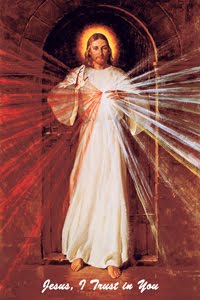Q: What is the significance of making the sign of the cross?
A: The sign of the cross is closely tied to baptism. Jesus told the apostles, “Go therefore and make disciples of all nations, baptizing them in the name of the Father and of the Son and of the Holy Spirit” (Mt 28:19).The Catechism of the Catholic Church tells us that when Catholics are baptized “the sign of the cross, on the threshold of the celebration, marks with the imprint of Christ the one who is going to belong to him and signifies the grace of the Redemption Christ won for us by his cross” (CCC 1235).
Thereafter, each time we make the sign of the cross we remember that we belong to Christ.
The Christian begins his day, his prayers, and his activities with the sign of the cross: “In the name of the Father and of the Son and of the Holy Spirit. Amen.” The baptized person dedicates the day to the glory of God and calls on the Savior’s grace which lets him act in the Spirit as a child of the Father. The sign of the cross strengthens us in temptations and difficulties. (CCC 2157).
Source: www.catholic.com , Other Source : www.scborromeo.org or wikipedia.org
Q: What does INRI mean, the sign on top of Jesus' cross?

A: The Latin form of
"Jesus of Nazareth, the King of the Jews" is
"Iesus Nazarenus Rex Iudaeorum"
The first letters of this title
provides us with INRI.
"Pilate also had an inscription written and put on the cross.
It read,
"Jesus of Nazareth, the King of the Jews."
Many of the Jews read this inscription, because the place where Jesus was crucified was near the city; and it was written in Hebrew, in Latin, and in Greek" (John 19:19-20)
Q: Why Does the Catholic Church Use a Crucifix?
A: To Catholics, the crucifix is a powerful symbol that represents the focal point of their beliefs: that Jesus died on the cross to redeem humanity. While other Christian denominations use a bare cross to emphasize Jesus' resurrection, Catholics include the image of Christ's body on the cross to represent his sacrifice.
The Crucifix as a Sacramental
According to the Catholic catechism, the crucifix is a sacramental, a "sacred sign" instituted by the church that prepares Catholics to receive God's grace. For example, Catholics believe that gazing at the crucifix during prayer will help stimulate feelings of hope, love and trust. According to the catechism, a sacramental draws its power from the paschal mystery which is central to the Catholic faith and refers to Jesus' suffering, death and resurrection.Jesus' Presence on the Cross
For Catholics, the figure of the suffering Jesus is present on the crucifix to symbolize Jesus' death as a powerful act of sacrifice to atone for the sins of the world, reconcile the relationship between God and humanity and make it possible for humans to enter into heaven. They believe it demonstrates that God's love is more powerful than sin and death, and that it can heal and redeem those who turn to him.The Crucifix vs. the Bare Cross
Catholic writer Patrick Madrid explains that Catholics use the crucifix instead of the bare cross like other Christian denominations because Christ's death is of chief importance. He asserts that "the cross only has meaning because Christ died on it for our salvation." But according to the Rev. Arvin Luchs, a United Methodist pastor, Protestants place the emphasis on the resurrection of Jesus and the "assurance of life beyond the power of death." In contrast to the Catholic view, they believe the bare cross illustrates that Jesus is no longer suffering; rather, he is reigning in heaven. Luchs also explains that Protestant churches historically have avoided the use of images because of the fear that "people will direct their worship to the image and not to God."Examples of Use
The crucifix is used prominently during Mass, the celebration that is the central act of worship for Catholics. It is used in the Mass procession affixed to a staff and also placed at the center of the altar. During Holy Week, a life-sized crucifix may be incorporated into the services. Crucifixes are also found outside the church. They are hung in Catholic homes, schools and hospitals and attached to necklaces and rosary beads.Source: http://classroom.synonym.com/







Blogger Comment
Facebook Comment